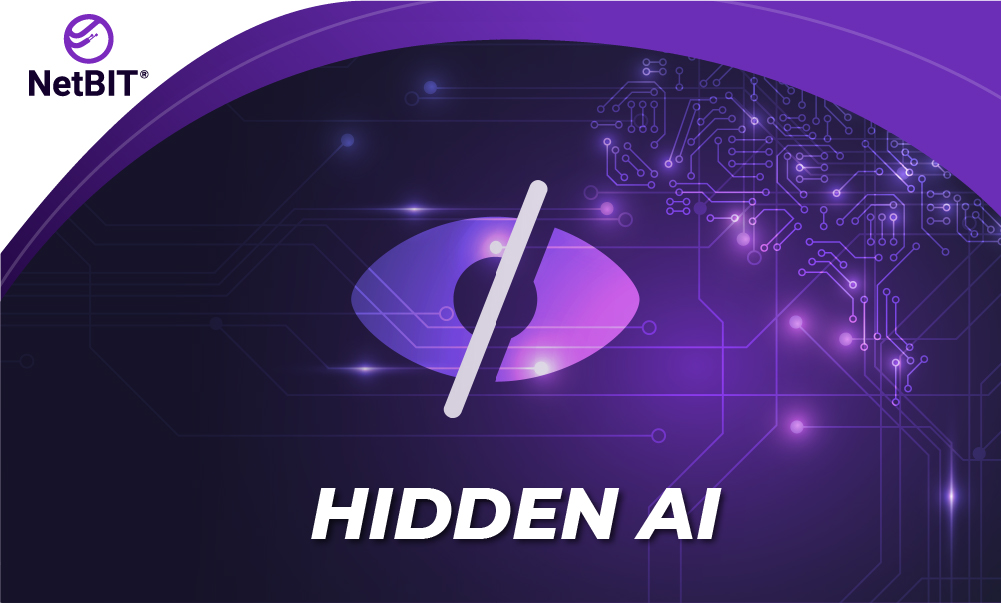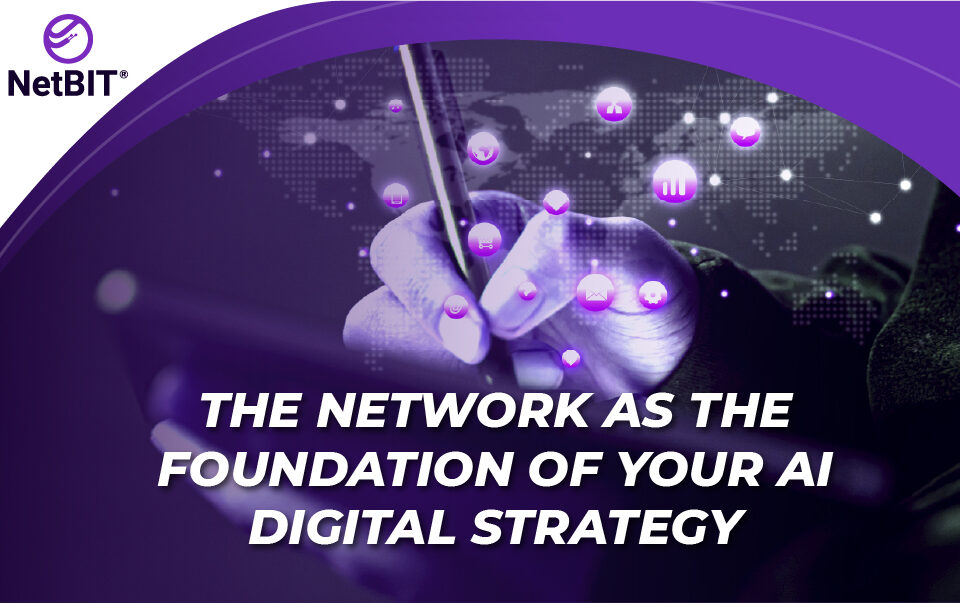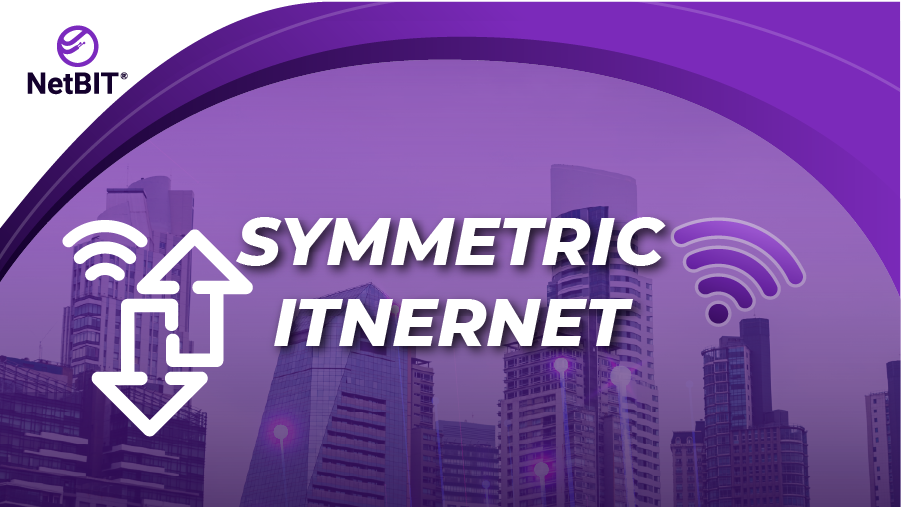When we hear the term artificial intelligence (AI), most people imagine humanoid robots, futuristic labs, or technologies that seem straight out of science fiction. The truth, however, is far more practical and closer to home: AI is already embedded in most businesses—even in those without an innovation department or a team of developers building advanced machine learning models.
The critical question is: are you already using AI without realizing it? The answer, for the vast majority of companies, is yes. Recognizing it matters, because only then can you take full advantage of its strategic value while reducing risks tied to its silent adoption.
The Invisible AI: How It Operates Without You Noticing
Unlike a major tech rollout—such as installing an ERP system or buying a new server—AI usually integrates subtly into platforms you already use every day. It works in the background, without fanfare, streamlining processes, accelerating decisions, and personalizing experiences.
Some clear examples of invisible AI in business include:
-
Email filters that detect spam or phishing threats in Gmail or Outlook.
-
Recommendation systems on platforms like Amazon or Netflix that analyze consumer habits.
-
Autocomplete features in emails, spreadsheets, or documents.
-
Digital marketing tools that segment audiences, optimize campaigns, and predict conversions.
-
Cybersecurity systems that detect anomalies and block suspicious access attempts.
In all these cases, AI doesn’t appear with a big sign announcing itself—but it’s the engine that makes these functions accurate and effective.
Signs That Your Business Already Uses AI
Even if you haven’t purchased “AI software,” chances are your company is already benefiting from it. Here are some clear signals:
-
Cloud platforms with smart features
Tools like Microsoft 365, Google Workspace, or Salesforce embed AI into predictive analytics, task prioritization, and workflow optimization. -
Automated marketing and sales
Platforms such as HubSpot, Mailchimp, or Zoho CRM leverage AI to segment customers, suggest best sending times, and generate predictive reports. -
Customer support chatbots
Virtual assistants often use conversational AI, learning from each interaction to improve responses. -
Advanced data analytics
BI tools like Power BI, Tableau, or Google Analytics use AI to detect trends and hidden patterns. -
Optimized recruitment processes
HR solutions like LinkedIn Recruiter or Workday employ AI algorithms to match candidate profiles with company needs more effectively.
PONENTES
NetBIT Secure
Symmetric / Dedicated Internet Service with Logical Security, composed of high quality and high end equipment.
NetBIT Secure adapts to the speed of your business.
Written SLA guarantee. Installation and implementation within days. Configurable policies according to your needs.
Why It’s Important to Recognize AI’s Presence
You may be wondering: “If AI is already part of my processes, why does it matter if I know about it?”. The answer is simple: knowledge is competitive advantage.
By acknowledging that your business already uses AI, you can:
-
Unlock advanced features you might already be paying for but not using to their fullest.
-
Identify opportunities for expansion, applying AI to areas like logistics, finance, or customer service.
-
Manage risks around data security and compliance.
-
Measure ROI more effectively, understanding which processes are optimized by AI.
Risks of Not Knowing You’re Using AI
Failing to recognize that AI is already in your operations can expose your business to risks:
-
Data control issues: not knowing what information platforms collect and how it’s processed.
-
Technology dependency: relying on critical functions that could be altered or removed by providers.
-
Skills gaps: employees unprepared to interpret or leverage AI-generated recommendations.
-
Compliance risks: potential violations of data privacy regulations.
How to Discover Where You’re Already Using AI
The first step is making the invisible visible. To do this:
-
Audit your current tools and look for predictive or automated features.
-
Check with your software providers—many highlight AI integration in their updates.
-
Spot automated recommendations: if a tool predicts, suggests, or optimizes, it likely has AI behind it.
-
Analyze your data flows: real-time analytics and automated decisions are hallmarks of AI.
The Next Step: Strategic and Conscious Use
Confirming that you already use AI shouldn’t stop at curiosity. The next level is adopting a conscious strategy:
-
Train your teams so they understand how AI works and how to interpret its results.
-
Set clear KPIs to measure its impact on efficiency, sales, or customer satisfaction.
-
Explore deeper integrations, for instance, combining your CRM’s AI with predictive inventory management.
-
Reinforce security and privacy controls around the data AI systems use.
-
Evaluate new opportunities, from financial forecasting to personalized customer experiences.








